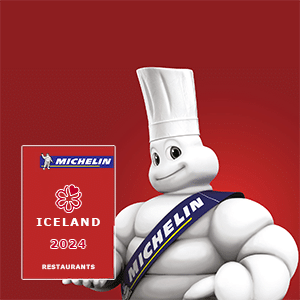Lifid
Starvintner Marcel Deiss: A Basket of Grapes
In the house of Jean-Michel Deiss and Marie-Helene Christofaro a set of vaguely medieval prints adorn the wall of the dining room. The large print in the center shows a peasant, laboring under the weight of a large basket of grapes; a castle looms in the background. The smaller prints each represent the character of a few of Alsaces grape varieties: Riesling, Tokay (i.e. Pinot Gris), Gewurztraminer, Sylvaner, and Chasselas.
Its an ironic choice, because Deiss, more than any other Alsace producer, seeks to downplay the character of the grape in favor of terroir. Alsace is the only classic wine region in France that even allows (and sometimes even requires) varietal names to appear on the bottle, but Deiss fought long and hard with Alsaces wine regulators (the INAO) to be allowed to release his Grand Cru wines with no varietal indication whatsoever.
Its no marketing trick; Jean-Michel makes each of his wines from field blends of several grapes, planted in the same vineyard and harvested and vinified together. He feels that a single varietal can only capture a single aspect of the terroir, and the varietals own character dominates; when the different grapes are blended together a more complete realization of the terroir emerges Riesling brings one element, Pinot Gris another, Sylvaner something else, and so on. The stamp of the grape fades as a well-rounded picture of the terroir emerges.
So these must be terribly minerally wines, with nary a touch of fruit aromas? Not necessarily, and I think these wines help dispel a myth: that a terroir-driven wine is, by definition, low on fruit aromas. While earthy aromas may be more pronounced in a terroir wine, it doesnt need to be at the cost of fruitier flavors. Its more true to say that the terroir can determine or influence which fruit flavors show themselves some terroirs encourage citrus aromas, some stone fruit, etc. Thats what makes such wines great: the complexity of fruit, earth, spice, and other aromas all in the same glass.
Some examples:
Engelgarten 2002 Engelgarten is a gravelly vineyard a former riverbed, actually in Bergheim, planted with Riesling, Pinot Gris, Pinot Beurot (similar to Pinot Gris), Muscat, and Pinot Noir. The nose is delicate, a mix of mineral, grapefruit, pear, and orange peel aromas; the fruits blossom on the palate into pineapple and mandarin. Its voluptuous and full-bodied, with a smooth finish and enough acidity to give it lift and length.
Rotenberg 2002 In Rotenberg, the same grapes (minus the Muscat) are planted on a limestone soil, with a pronounced iron content. While quite close to Engelgarten, the soil change makes for a more opulent nose, with tropical and citrus aromas: passionfruit, lemon curd, pineapple. Theres also some vanilla and minerality. Its off-dry and full-bodied, with a more overt acidity that gives it wonderful length.
Grasberg 2002 The soil in Grasberg is similar to Rotenberg, but the vineyard lies on the top of a hill instead of on flat land, which changes the drainage. There are some similar fruit aromas, but a lot more spice, most notably mint and clove. Plantings include Riesling, Pinot Gris, and Gewurztraminer.
Burg 2002 All sorts of Alsace varietals are planted in the clay soils of this south-facing vineyard. The extra sun exposure makes for a rich, sumptuous wine, and the earthiest of the bunch: forest floor, truffle, and a light iodine note support a touch of mandarin. Meanwhile, the coolness of the wet clay helps preserve the acidity, which keeps the wine from feeling too heavy.
Altenberg Grand Cru 2002 A geologic fault creates complexity in the soil, with layers of clay and limestone and a touch of iron. Its a warm vineyard, often subject to touches of noble rot. The 2002 exemplifies the balance of different types of aromas; minerality, honey, rose petal, lemon, and orange zest all come through in a well-balanced whole. Its full and relatively sweet, but with a well-balanced, clean finish.
Marcel Deiss does release some single-varietal wines-from vineyards which dont have sufficient character for the field blend, multi-varietal treatment. These are the Vins de fruits, in contrast to the Vins de terroir; they also make some Vins de Temps, weather wines, which fall into the Vendange Tardive and Selections de Grains Nobles designations. Among the Vins de fruit, the Pinot Blanc is remarkable. The 2003 is full-bodied, with notes of pear cinnamon, brioche, and clove, and medium acidity. Does it compete with the Vins de terroir? No, not really. But Pinot Blanc rarely even shows the potential to be this good, so this wine a really stands out.
The Burlenberg is a red Vins de terroir, and red in Alsace means Pinot Noir. Id like to say this wine contradicts Jean-Michels principle that only a field blend really gets past the grape character to the soil and climate; there is some Pinot Beurot which is white in this wine, but its inclusion seems like a token gesture. On the other hand, when you taste this wine, it doesnt fit your expectation for an Alsatian red is that the blend working to let the terroir show through? The vineyard is a mix of limestone and volcanic soils, at a relatively high altitude. The 2000 has a smoky, roasted meat character, with touches of kirsch, raspberry, and spice. Its medium-bodied, with firm, Nebbiolo-like tannins. The finish is long, with pronounced balsamic and soy notes. This is the best Alsatian red Ive come across.
Alsatian winemakers tend toward individualism, and the region encourages it by giving them so many choices: different grapes, different terroirs, different styles, and a Franco-Germanic mix of culture and history. Jean-Michel Deiss may represent one extreme. You cant mention his name to his peers without evoking a strong reaction; the point on which they agree is that Marcel Deisss approach works for Marcel Deiss, and the wines are excellent. Would these winemakers like to do things his way? Most arent interested.
It might offer Jean-Michel some encouragement to find someone following in his footsteps and turning to field blends, but he says he doesnt need it. After we tasted a number of wines and talked a bit, he turned more serious. A wine, he says, or any product, can only possess its own, individual character, which isnt necessarily good or bad in itself; the concept of goodness lies instead in the consumer, in their expectations and preferences. Theres no way to make a product with universal appeal. Even if you standardize a product, it still wont appeal to everyone. Milk, for example, once varied according to the type of cows, their diet, etc. In being standardized so it could appeal to everyone, it has been reduced to its lowest common denominator, and thereby has lost its individuality and still doesnt appeal to 100% of would be consumers.
A Riesling grape could be grown most anywhere. What gives a wine individuality is the terroir where its grown, but ultimately it is the drinker who decides if the wine is good. However, when youve tasted Jean-Michel’s wines, and he is leaning forward over the table looking you in the eye, measuring out every word, it seems like enlightenment from a true vitner.
Source: starchefs.com

-

 Viðtöl, örfréttir & frumraun2 dagar síðan
Viðtöl, örfréttir & frumraun2 dagar síðanÞjálfarar finnska og íslenska kokkalandsliðsins undir sama þaki
-

 Viðtöl, örfréttir & frumraun1 dagur síðan
Viðtöl, örfréttir & frumraun1 dagur síðanMið-Austurlenskur þemadagur hjá Sælkeramat í samstarfi við Sumac – Vídeó
-
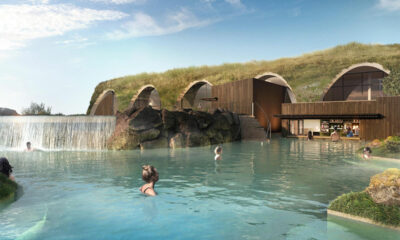
 Nýtt bakarí, veitingahús, fisk- og kjötbúð og hótel5 dagar síðan
Nýtt bakarí, veitingahús, fisk- og kjötbúð og hótel5 dagar síðanNýr veitingastaður í Laugarási: Gísli Matthías opnar Ylju í Laugarás Lagoon
-
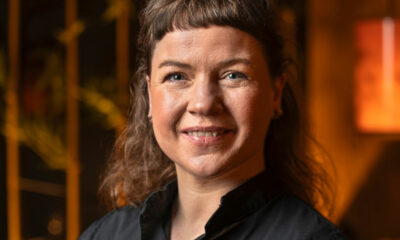
 Viðtöl, örfréttir & frumraun3 dagar síðan
Viðtöl, örfréttir & frumraun3 dagar síðanHrefna Rósa Sætran selur hlut sinn í Grillmarkaðnum, Trattoria og Rauttvín
-
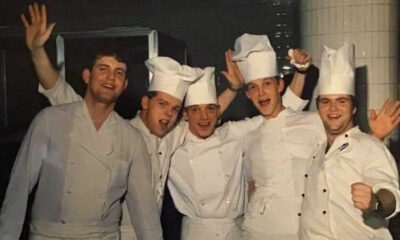
 Viðtöl, örfréttir & frumraun4 klukkustundir síðan
Viðtöl, örfréttir & frumraun4 klukkustundir síðanNemamyndin: Hótel Saga – Veturinn 1986-1987
-

 Markaðurinn2 dagar síðan
Markaðurinn2 dagar síðanNýjar vörur og tveir nýir birgjar
-
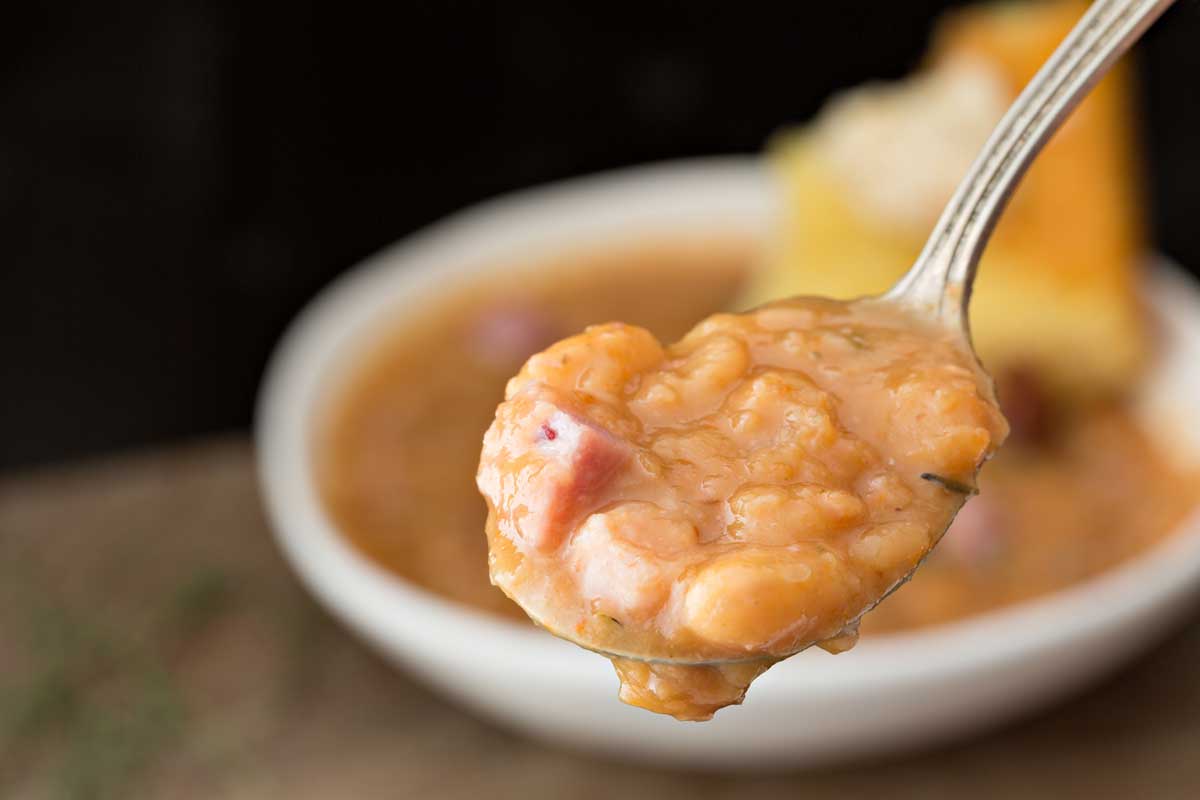
 Frétt5 dagar síðan
Frétt5 dagar síðanViðvörun til neytenda: Framleiðslugalli í baunasúpugrunni
-

 Markaðurinn2 dagar síðan
Markaðurinn2 dagar síðanBragðgóðir vegan valkostir frá Lindsay heildsölu


